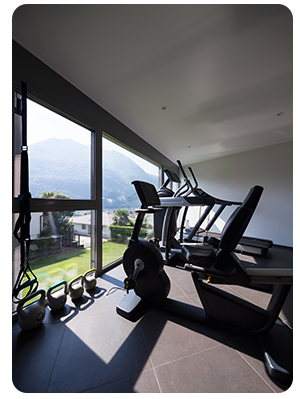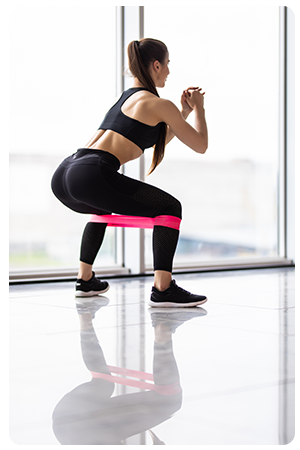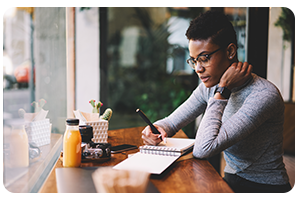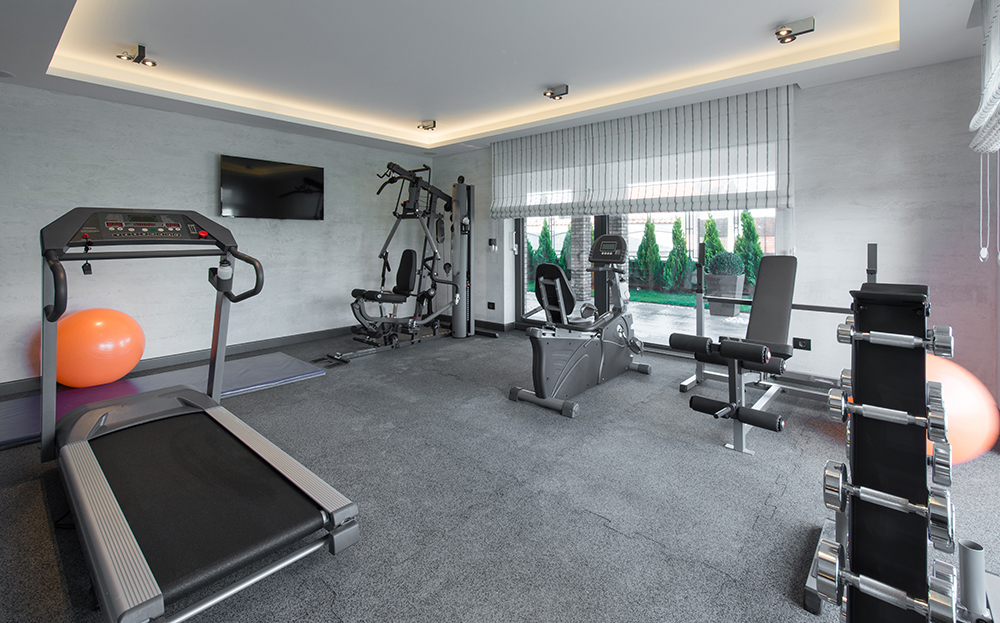When it comes to maintaining physical fitness and overall health, having a gym membership is often perceived as a must-have. But, what if you could establish your own home gym that was both cost-effective and convenient? As a seasoned health coach, I've observed firsthand the advantages of owning a dedicated workout space at home. Not only can it lead to significant savings in the long term, but it can also provide the freedom to exercise according to your own schedule.
Fortunately, building a home gym doesn't have to be an expensive endeavor, nor does it necessitate a lot of space. With some ingenuity and careful planning, you can establish a fully functional gym that caters to your fitness needs and financial constraints. Regardless of whether you're a beginner or a seasoned fitness enthusiast, a home gym can offer the convenience and privacy needed to achieve your fitness objectives.
In this comprehensive guide, I'll lead you through everything you need to know about creating a budget-friendly home gym. From designing your workout area and determining the necessary equipment, to crafting your own do-it-yourself gym gear, you'll acquire the expertise required to optimize your home gym experience and attain your desired fitness outcomes. So, let's begin this journey toward a healthier and happier you!
Planning Your Home Gym
 Before embarking on the process of building your home gym, it's crucial to evaluate your fitness objectives and determine the equipment required to achieve them. Are you looking to increase muscle mass, lose weight, or simply maintain your current fitness level? Once you've established your objectives, you can assess the space available in your home and initiate your planning process accordingly.
Before embarking on the process of building your home gym, it's crucial to evaluate your fitness objectives and determine the equipment required to achieve them. Are you looking to increase muscle mass, lose weight, or simply maintain your current fitness level? Once you've established your objectives, you can assess the space available in your home and initiate your planning process accordingly.
Consider the size of your available space, as well as the type of exercises you intend to perform. Will you require room for cardiovascular equipment, such as a treadmill or elliptical machine? Or will you concentrate on strength training with weights and resistance bands? Contemplate the layout of your gym and how you'll arrange your equipment to optimize the available space.
Additionally, setting a budget for your home gym is an integral step. Determine the amount you're willing to spend on equipment and other essentials, such as flooring or mirrors. Sticking to your budget is crucial to avoid overspending and causing undue financial strain.
Another factor to consider when planning your home gym is any external aspects that may affect your workouts. For instance, if you reside in an apartment or have close neighbors, would you need to install soundproofing? Would you need to invest in air conditioning or heating to ensure that your gym is comfortable throughout the year?
By taking the time to plan your home gym, you can establish a space that meets your requirements and suits your financial constraints.
Essential Equipment for a Home Gym
 When it comes to setting up your home gym, there are a few essential pieces of equipment that can help you achieve a full-body workout. A set of dumbbells is a highly versatile tool that enables you to perform a variety of exercises to target different muscle groups, such as bicep curls, bench presses, and shoulder raises.
When it comes to setting up your home gym, there are a few essential pieces of equipment that can help you achieve a full-body workout. A set of dumbbells is a highly versatile tool that enables you to perform a variety of exercises to target different muscle groups, such as bicep curls, bench presses, and shoulder raises.
Another indispensable piece of equipment is a workout bench that provides a stable surface for exercises such as bench presses and seated rows. The best workout benches also have an adjustable incline feature, which permits you to perform exercises at different angles for maximum muscle activation, ensuring a comprehensive workout.
If you're looking to enhance your lower body strength, investing in a squat rack or barbell set is highly recommended. With a squat rack, you can safely perform squats and lunges, which are some of the most effective exercises for building leg and glute strength. Alternatively, a barbell set can be used for deadlifts and other lower-body exercises.
For cardiovascular exercise, a treadmill or stationary bike are both excellent options. A treadmill allows you to run or walk indoors regardless of the weather conditions outside, while a stationary bike provides a low-impact method of elevating your heart rate and burning calories.
Lastly, a stability ball is an adaptable piece of equipment that can be used for various exercises to improve balance, core strength, and flexibility.
By integrating these fundamental pieces of equipment into your home gym, you can create a complete workout routine that targets all major muscle groups.
Alternatives to Traditional Equipment
 If you're unable to invest in traditional gym equipment or have limited space, there are numerous alternative options available for an effective home workout. Bodyweight exercises are an excellent way to build strength and muscle without any equipment. Push-ups, squats, lunges, and planks are some examples of bodyweight exercises that can be done anywhere, making them perfect for those on a tight budget.
If you're unable to invest in traditional gym equipment or have limited space, there are numerous alternative options available for an effective home workout. Bodyweight exercises are an excellent way to build strength and muscle without any equipment. Push-ups, squats, lunges, and planks are some examples of bodyweight exercises that can be done anywhere, making them perfect for those on a tight budget.
Resistance bands are an affordable and versatile alternative to traditional weight-lifting equipment. They allow you to perform a range of exercises targeting different muscle groups.
Yoga and Pilates require little to no equipment, making them great workouts to do at home. All you need is a mat and a bit of space. These workouts focus on building strength, flexibility, and balance through controlled movements and breathing exercises.
If you have access to a park or outdoor space, take advantage of it! You can go for a run, do bodyweight exercises, or even use a sturdy tree branch for pull-ups.
By incorporating these alternative options into your home workout routine, you can save money and still get a great workout. Consistency is key, so stick to a routine that works for you.
DIY Equipment
 Building a home gym doesn't have to be costly as you can use common household items to create your own gym equipment. Here are some DIY ideas to help you get started.
Building a home gym doesn't have to be costly as you can use common household items to create your own gym equipment. Here are some DIY ideas to help you get started.
Firstly, you can make your own resistance bands using old pantyhose or tights. By tying the legs together, you can create a loop that provides resistance for your exercises. You can also adjust the resistance level by tying the ends together tighter or looser.
Secondly, an old duffel bag or backpack filled with sand can be used as a sandbag for weight resistance exercises such as squats and lunges.
To work on your grip strength, you can make your own grip strengthener using a tennis ball with a small hole cut in it, filled with sand or rice.
You can also create your own foam roller by wrapping foam or bubble wrap around a PVC pipe cut to the desired length. This foam roller can be used to massage sore muscles and release tension.
Finally, an old basketball or soccer ball can be transformed into a medicine ball by cutting a small hole and filling it with sand or water. This weighted ball can be used for a variety of exercises.
By being creative and using these DIY equipment ideas, you can save money while still getting a great workout at home.
Making the Most of Your Home Gym
 Once you've set up your home gym, it's essential to maximize your space and equipment. These tips can help you make the most of your home workouts.
Once you've set up your home gym, it's essential to maximize your space and equipment. These tips can help you make the most of your home workouts.
First and foremost, establish a workout schedule and stick to it. Having a home gym doesn't give you a free pass to skip workouts or take it easy. Commit to following a regular workout routine and hold yourself accountable.
Next, don't be afraid to mix up your workout routine. You have the freedom to experiment with different exercises and equipment, so take advantage of it. Try out new workout programs or online fitness classes to keep things fresh and engaging.
It's also crucial to stay organized and maintain a clean space. After using equipment, wipe it down and keep everything tidy and in its place. This will help keep you motivated and focused throughout your workouts.
Remember to properly warm up before each workout and cool down afterward. Stretching and foam rolling can help prevent injuries and enhance your flexibility. You can also incorporate yoga or Pilates to boost your flexibility and mobility.
Finally, track your progress and celebrate your accomplishments. Set goals for yourself and monitor your progress along the way. Use your milestones and progress as motivation to keep pushing yourself.
By implementing these tips, you can make the most of your home gym and achieve your fitness objectives. Consistency and dedication are vital, so stay focused and motivated.
Conclusion
Prioritizing your health and fitness goals can be made easier with a home gym. You can create a motivating and inspiring space with the right mindset, equipment, and organization. Remember that building a home gym doesn't have to be expensive or complex; with creativity and resourcefulness, you can create a space that works within your budget and lifestyle.
Regardless of your fitness level, a home gym can offer the convenience and flexibility needed to achieve your fitness goals. By staying dedicated to your routine and following the tips provided, you can turn your home gym into a valuable tool for your well-being. So, take control of your fitness journey from the comfort of your own home by creating your own home gym today. With the right attitude and some effort, you can make your fitness aspirations a reality.







